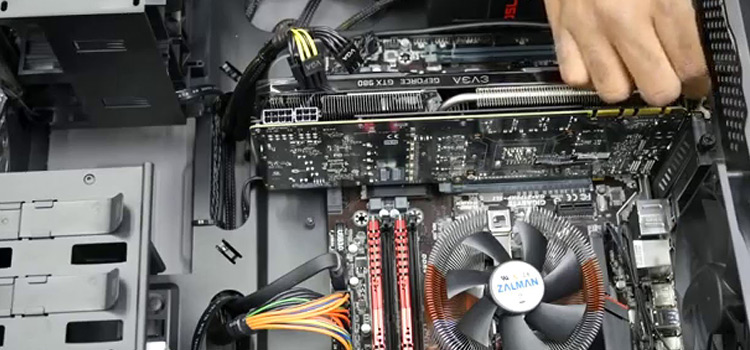Digital Assistants | How AI is Changing Our Interaction with Technology
Digital assistants have grown in popularity in recent years and for good reason. AI-powered solutions, such as Siri and Alexa, gain popularity due to their ability to understand natural language and provide personalized responses. Discover the various types of digital assistants available, how they work, and what impact they have on society as a whole.
Digital assistants have come a long way since their inception and are now an essential part of people’s daily lives. From setting reminders to ordering groceries, AI-powered solutions are changing the way people interact with technology. One of the key components enabling this seamless interaction is the servo actuator.
It allows digital assistants to be more responsive and accurate than ever before. So, let’s look at the various types of digital assistants and how they work, with a particular emphasis on the importance of servo actuators in enhancing their capabilities.

What Is a Digital Assistant?
A digital assistant is a software-based program that performs many tasks by utilizing artificial intelligence (AI) and natural language processing. These tasks can range from making calls and setting reminders to ordering groceries and listening to music. With the growing popularity of smart devices, digital assistants have become an integral part of daily routine, changing the way people interact with technology.
Types of Digital Assistants
Digital assistants come in two main types:
1. Smart Speakers
Smart speakers, like Amazon Echo and Google Home, are standalone devices that primarily function as speakers but also have built-in digital assistant capabilities. They can be used to control other smart home devices, play music, and give information on a variety of topics.
2. Virtual Assistants
Virtual assistants, such as Siri and Alexa, are software-based programs that run on smartphones or computers. They allow users to perform tasks hands-free by using voice commands.
How Does Digital Assistant Work?
Here are the key elements enabling the operation of digital assistants:
1. Natural Language Processing
Natural Language Processing (NLP) is a subfield of AI that enables computers to process and interpret human language. It involves teaching the computer how to recognize, understand, and generate human speech and text. It drives the capabilities of digital assistants such as Siri, Alexa, and Google Assistant.
2. Servo Actuators
A servo actuator is an electromechanical device that translates electronic signals into mechanical movement. In the context of digital assistants, servo actuators enable them to perform physical tasks, such as adjusting the temperature of a thermostat or controlling the lighting in a room.
What Is the Impact of Digital Assistants?
Digital assistants have had a significant impact on our daily lives, offering numerous advantages and raising some concerns:
What Are the Advantages of Digital Assistance?
Here are the key advantages of using digital assistants:
- Increased productivity and efficiency. Digital assistants can perform tasks quickly and accurately, freeing up time for individuals to focus on other important tasks. They help streamline processes by integrating with other technologies, such as calendars and email;
- Enhanced accessibility for individuals with disabilities. For people with disabilities, digital assistants provide a new level of independence and accessibility. Voice recognition and natural language processing capabilities allow individuals with physical disabilities to perform tasks that would otherwise be difficult or impossible.
While digital assistants offer numerous advantages, they also raise legitimate concerns:
- Privacy. Digital assistants collect data on user behavior, which raises concerns about how that data is being used and who has access to it.
- Security risks. There is also the risk of hackers accessing personal information through digital assistants.
- Potential job displacement. As digital assistants advance and become more capable, there is concern that they will replace human jobs, particularly those in customer service and administration.
- Dependence on technology. As digital assistants become more integrated into our daily lives, there is concern that people may become overly dependent on them, leading to a lack of critical thinking skills and a reduced ability to perform tasks without assistance. It can lead to a loss of important life skills and self-sufficiency.
Digital assistants become more advanced and ubiquitous. They enable people to communicate with technology more naturally. By embracing AI and digital assistants, companies and individuals can enhance their living comfort and customer experiences in business, streamline processes, and achieve success in the digital age.
Subscribe to our newsletter
& plug into
the world of technology





